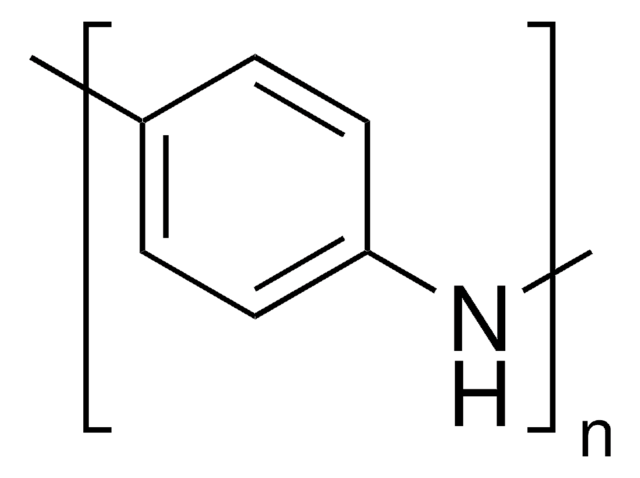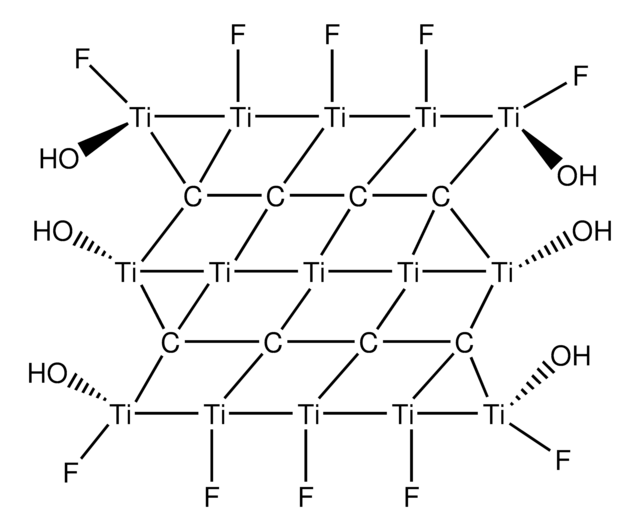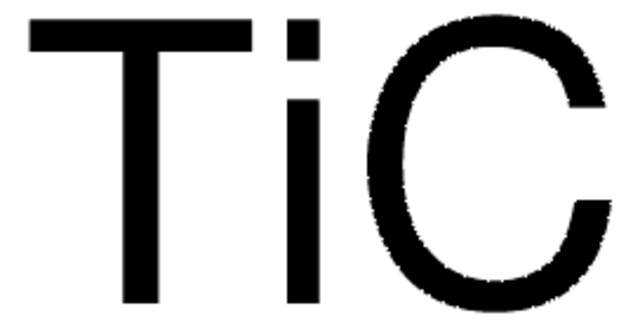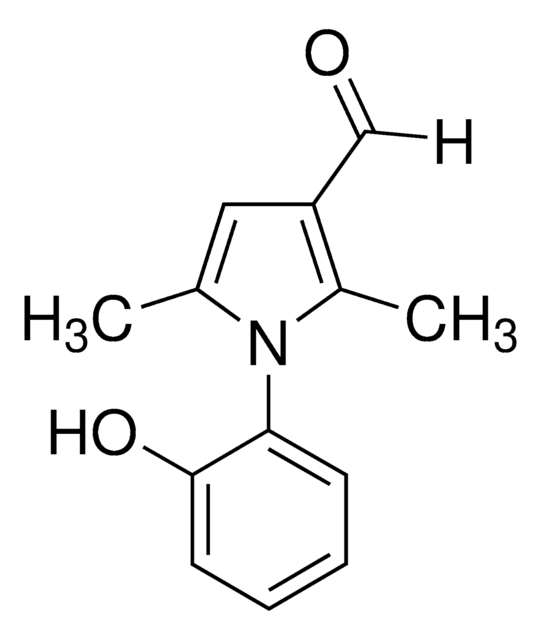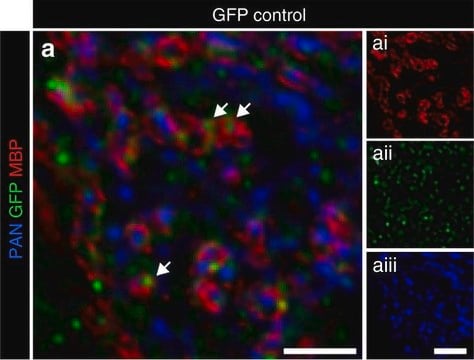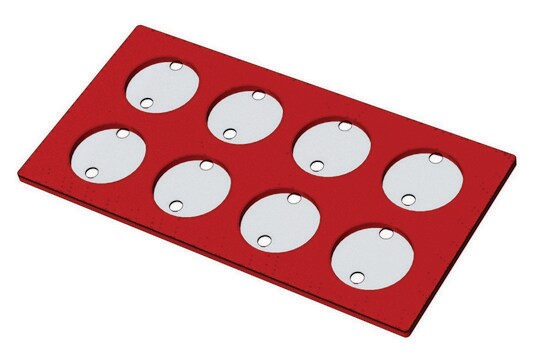MABN2727
Anti-Pan Lhx1/5 Antibody, clone 4F2
Synonim(y):
LIM/homeobox protein Lhx5
About This Item
IF
IHC
WB
immunofluorescence: suitable
immunohistochemistry: suitable
western blot: suitable
Polecane produkty
pochodzenie biologiczne
mouse
Poziom jakości
forma przeciwciała
purified antibody
rodzaj przeciwciała
primary antibodies
klon
4F2, monoclonal
masa cząsteczkowa
calculated mol wt 45 kDa
observed mol wt ~48 kDa
oczyszczone przez
using protein G
reaktywność gatunkowa
mouse, rat, human, chicken
opakowanie
antibody small pack of 100
metody
immunocytochemistry: suitable
immunofluorescence: suitable
immunohistochemistry: suitable
western blot: suitable
izotyp
IgG1κ
sekwencja epitopowa
Unknown
numer dostępu Protein ID
numer dostępu UniProt
temp. przechowywania
2-8°C
informacje o genach
rat ... Lhx1(124451)
Specyficzność
Immunogen
Zastosowanie
Evaluated by Western Blotting in Mouse brain tissue lysate.
Western Blotting Analysis: A 1:500 dilution of this antibody detected Lhx1/5 in Mouse brain tissue lysate.
Tested Applications
Immunocytochemistry Analysis: A representative lot detected Lhx1/5 in Immunocytochemistry applications (Iyer, N.R., et al. (2016). Exp Neurol. 277:305-316).
Immunohistochemistry Applications: A representative lot detected Pan Lhx1/5 in Immunohistochemistry applications (Lu, Y., et al. (2020). Dev Cell. 53(4):473_491.e9; Shirazi Fard, S., et al. (2014). Cell Cycle. 13(3):408-17; Hotani, T., et al. (2018). Mol Ther Oncolytics. 12:162-172; Yang, M., et al. (2010). J Comp Neurol. 518(14):2818-40).
Immunofluorescence Analysis: A representative lot detected Pan Lhx1/5 in Immunofluorescence applications (Yang, M., et al. (2010). J Comp Neurol. 518(14):2818-40; Samson, A., et al. (2018). Gut. 67(3):562-573).
Western Blotting Analysis: A representative lot detected Pan Lhx1/5 in Western Blotting applications (Hotani, T., et al. (2018). Mol Ther Oncolytics. 12:162-172).
Note: Actual optimal working dilutions must be determined by end user as specimens, and experimental conditions may vary with the end user.
Opis wartości docelowych
Postać fizyczna
Rekonstytucja
Przechowywanie i stabilność
Inne uwagi
Oświadczenie o zrzeczeniu się odpowiedzialności
Nie możesz znaleźć właściwego produktu?
Wypróbuj nasz Narzędzie selektora produktów.
Kod klasy składowania
12 - Non Combustible Liquids
Klasa zagrożenia wodnego (WGK)
WGK 1
Temperatura zapłonu (°F)
Not applicable
Temperatura zapłonu (°C)
Not applicable
Certyfikaty analizy (CoA)
Poszukaj Certyfikaty analizy (CoA), wpisując numer partii/serii produktów. Numery serii i partii można znaleźć na etykiecie produktu po słowach „seria” lub „partia”.
Masz już ten produkt?
Dokumenty związane z niedawno zakupionymi produktami zostały zamieszczone w Bibliotece dokumentów.
Nasz zespół naukowców ma doświadczenie we wszystkich obszarach badań, w tym w naukach przyrodniczych, materiałoznawstwie, syntezie chemicznej, chromatografii, analityce i wielu innych dziedzinach.
Skontaktuj się z zespołem ds. pomocy technicznej

